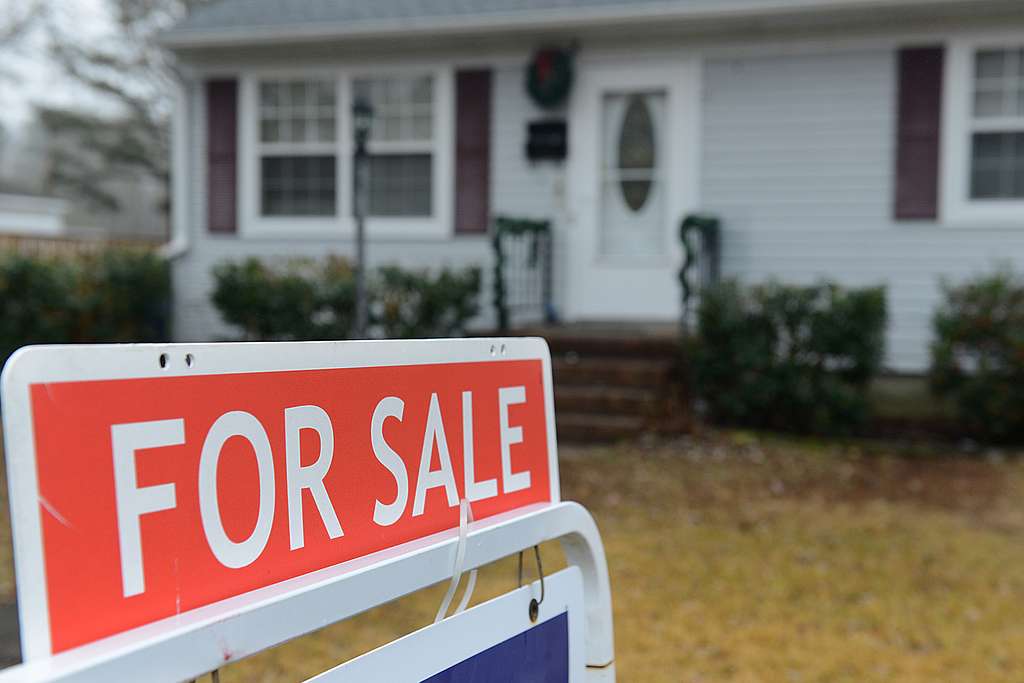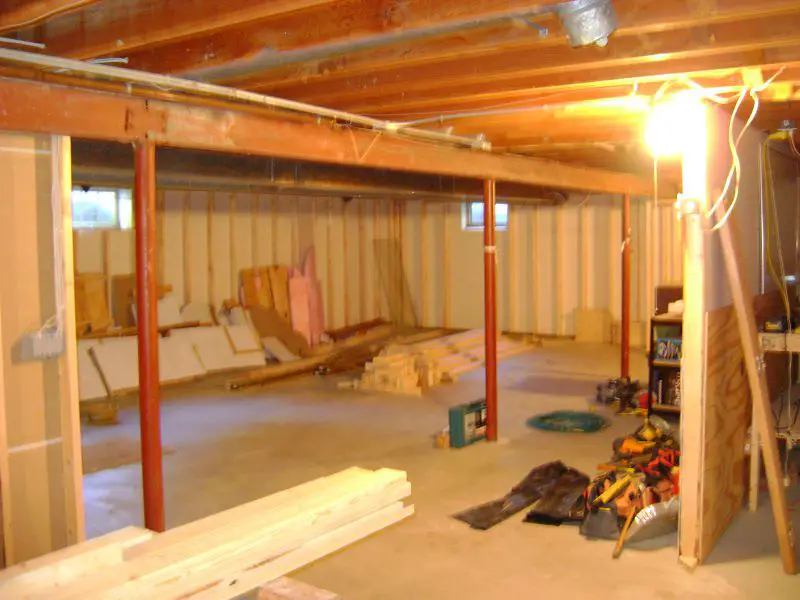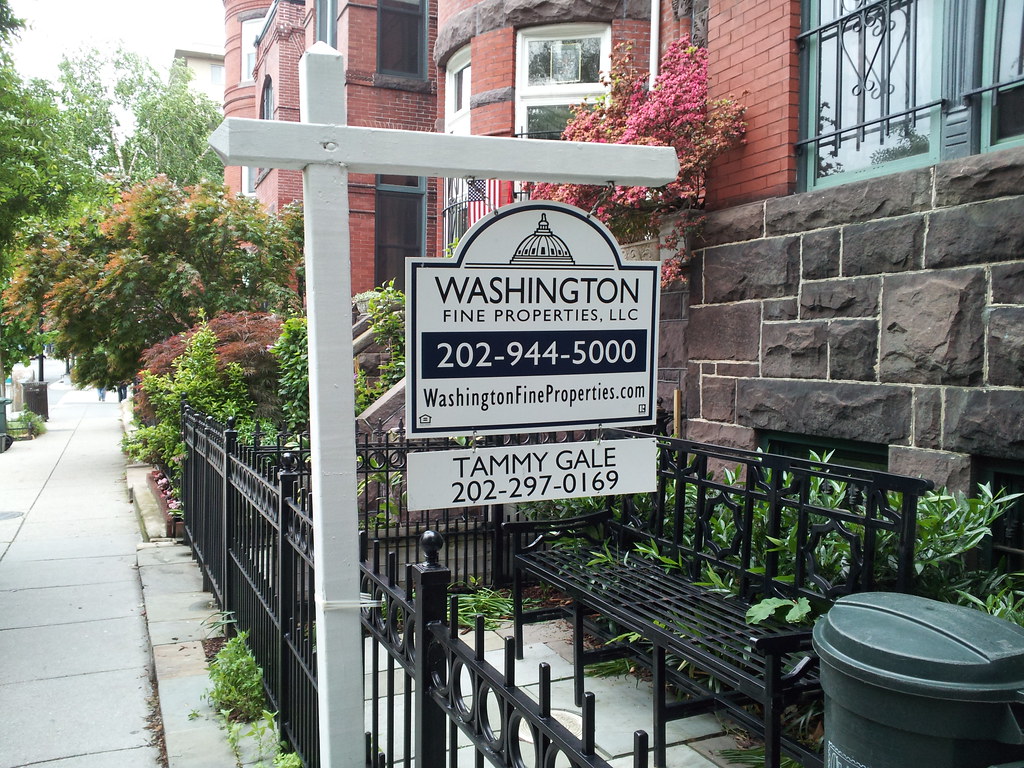Many homebuyers and sellers enter the real estate market armed with advice from friends, old rules of thumb, or internet hearsay. But in 2025, the housing landscape is more dynamic—and unpredictable—than ever. Believing outdated or oversimplified assumptions can lead to missed opportunities or costly mistakes. Here are 15 common real estate beliefs that simply don’t hold up anymore.
1. You Must Put 20% Down

The idea that buyers must have a 20% down payment is one of the oldest misconceptions in real estate. According to Bankrate, many lenders today offer conventional loans with as little as 3% to 5% down, especially for first-time buyers. While a larger down payment can reduce your monthly mortgage and eliminate private mortgage insurance (PMI), it isn’t always necessary. In fact, waiting to save 20% could delay homeownership for years in today’s fast-moving market.
This assumption can also prevent people from exploring loan programs designed to increase accessibility. FHA, VA, and USDA loans often require low or even no down payments. In high-rent areas, getting into a home sooner—even with a smaller down payment—may be the smarter move. Buyers should consider their full financial picture, not just an arbitrary percentage.
2. The Market Always Goes Up

Many people believe that real estate is a guaranteed appreciating asset, but history shows otherwise. According to Zillow, housing prices have experienced dips and even crashes, including the major downturn of 2008. Local markets also fluctuate differently—some may grow while others stagnate or decline. Real estate can be a good long-term investment, but it isn’t risk-free.
Thinking prices will always rise can cause buyers to overpay or investors to hold too long. It also encourages complacency about factors like neighborhood shifts, job markets, or natural disaster risks. Real estate should be approached with strategy, not blind optimism. Proper research and market timing still matter.
3. The Asking Price Is the Final Price

Some buyers and sellers assume the listed price is firm, but that’s rarely the case. According to Realtor.com, bidding wars and lowball offers are both common depending on the market’s condition. In a seller’s market, homes can go for tens of thousands over asking. In slower markets, sellers may need to accept less than they’d hoped for.
This myth can cause unrealistic expectations on both sides. Sellers might reject reasonable offers thinking they’ll get more, while buyers might not realize the need to bid aggressively. Flexibility and a solid strategy are key. Understanding local comps and demand trends helps navigate these price shifts.
4. Spring Is Always the Best Time to Buy or Sell

It’s a widely held belief that spring is the only optimal season for real estate transactions. However, Redfin data shows that the best time to buy or sell can vary based on local market conditions and competition. Some areas see better deals in the winter or fall when there are fewer active buyers. Conversely, spring may bring more inventory—but also more bidding wars.
Believing in a one-size-fits-all season can limit opportunity. Sellers may benefit from off-season exposure if inventory is low, and buyers might avoid inflated prices by shopping earlier or later in the year. Real estate is local, and timing should be based on individual circumstances. A good deal often comes down to timing and preparation—not just the calendar.
5. You Should Always Buy the Biggest House You Can Afford

Many people are taught to “buy as much house as possible” to maximize investment. But stretching your budget thin can lead to stress, maintenance burdens, and lifestyle sacrifices. A bigger home also means higher property taxes, insurance, and utility costs. Size doesn’t always equal satisfaction.
Smaller homes may offer more flexibility, especially for singles, retirees, or couples without children. They’re also easier to maintain and can be more energy-efficient. In hot markets, location often outweighs square footage. Focusing on your actual needs makes for smarter homeownership.
6. Renovating Will Instantly Boost a Home’s Value

It’s easy to assume that any upgrade adds equity, but the reality is more nuanced. Some projects—like kitchens and bathrooms—can offer a solid return, but others fall flat. Over-customizing or using luxury materials in modest neighborhoods might not pay off. Buyers may not share your taste or priorities.
Homeowners should evaluate renovation costs against the likely return in their market. Consulting a local real estate agent or appraiser can help avoid overinvestment. Cosmetic updates often provide more bang for your buck than major remodels. Not every renovation is a golden ticket.
7. Open Houses Are Essential for Selling

Many sellers feel they must host open houses to attract buyers, but that’s not always true today. In the digital age, most serious buyers rely on online listings, virtual tours, and their agents. Open houses often bring in curious neighbors rather than qualified buyers. They also carry security risks and require ongoing cleaning.
A strong online presence may be more effective than weekend walkthroughs. Professional photography, video, and accurate descriptions do most of the heavy lifting. That said, open houses can still help in high-traffic neighborhoods or hot markets. It depends on the strategy—not the tradition.
8. Renting Is Always Throwing Money Away

The idea that renting is a financial waste ignores important context. For some, renting provides flexibility, lower costs, and fewer responsibilities. Homeownership comes with taxes, maintenance, and interest that can add up quickly. Not everyone is in a position—or wants—to commit long-term.
Renting also allows people to live in neighborhoods they couldn’t afford to buy in. It can be the smarter financial move in overpriced markets or during economic uncertainty. Ownership isn’t the only path to stability. Renting has value beyond the monthly payment.
9. A 30-Year Mortgage Is Always Best

Many people default to 30-year loans assuming they offer the lowest monthly payments. While that’s true, it also means paying more interest over time. A 15- or 20-year mortgage may build equity faster and save tens of thousands. It all depends on your goals and income.
Shorter loan terms come with higher monthly costs but can lead to financial freedom sooner. Buyers should crunch the numbers and weigh long-term benefits. Sometimes, the “affordable” option ends up costing more. There’s no one-size-fits-all answer.
10. You Don’t Need an Agent to Buy a Home

With so many listings online, some assume they can navigate buying solo. But agents do more than show homes—they handle paperwork, negotiations, and legal pitfalls. Going it alone can lead to missed details or costly mistakes. A good buyer’s agent is a valuable ally.
Agents often spot red flags that new buyers overlook. They also know how to craft competitive offers in fast markets. While some may save on commission, the risk may outweigh the reward. It’s not just about finding a house—it’s about buying it smartly.
11. A Home Inspection Is Optional

Skipping the inspection may speed up closing, but it opens the door to trouble. Inspectors uncover hidden issues like faulty wiring, mold, or structural problems. Even newer homes can have serious flaws. An inspection report provides leverage and peace of mind.
Waiving inspections in competitive markets is risky. What you don’t know can hurt you later—and cost you thousands. Inspections protect your investment and your safety. They’re a must, not a maybe.
12. Selling a Home Is Just About Listing It

Listing a home is only the beginning of the selling process. Staging, marketing, and pricing strategy all play huge roles. Simply throwing it on the MLS may not generate serious interest. Sellers need a plan to make their home stand out.
First impressions matter, especially online. High-quality photos and good lighting can make or break a listing. Small investments in staging or minor repairs often pay off. Selling smart requires effort, not just access.
13. You Can’t Buy With Student Loan Debt

Student loans don’t automatically disqualify buyers from getting a mortgage. Lenders look at your total debt-to-income ratio, not just the loan itself. If managed well, you can still qualify. Many young buyers enter the market with active student debt.
Paying on time and keeping overall debt low matters more than the loan’s presence. Income and credit history are key parts of the equation. Don’t assume debt means denial. Talk to a lender to explore your options.
14. You Should Price Your Home High to Leave Room for Negotiation

Overpricing your home often backfires. Buyers may skip overpriced listings altogether, assuming the seller isn’t serious. Homes that sit too long raise red flags and attract lowball offers. The best strategy is to price it right from the start.
Competitive pricing drives traffic and creates urgency. In some markets, it even sparks bidding wars. A good agent will use comps to find the sweet spot. Start smart to sell faster.
15. Real Estate Is Always a Safe Investment

While real estate can build wealth, it’s not immune to downturns. Economic shifts, job losses, or natural disasters can all impact property values. Illiquid and costly to maintain, real estate isn’t as flexible as other investments. Diversification still matters.
Believing it’s always “safe” can lead to poor planning. Investors should understand their market and exit strategy. Like any asset, real estate comes with risks. Education beats assumption every time.
